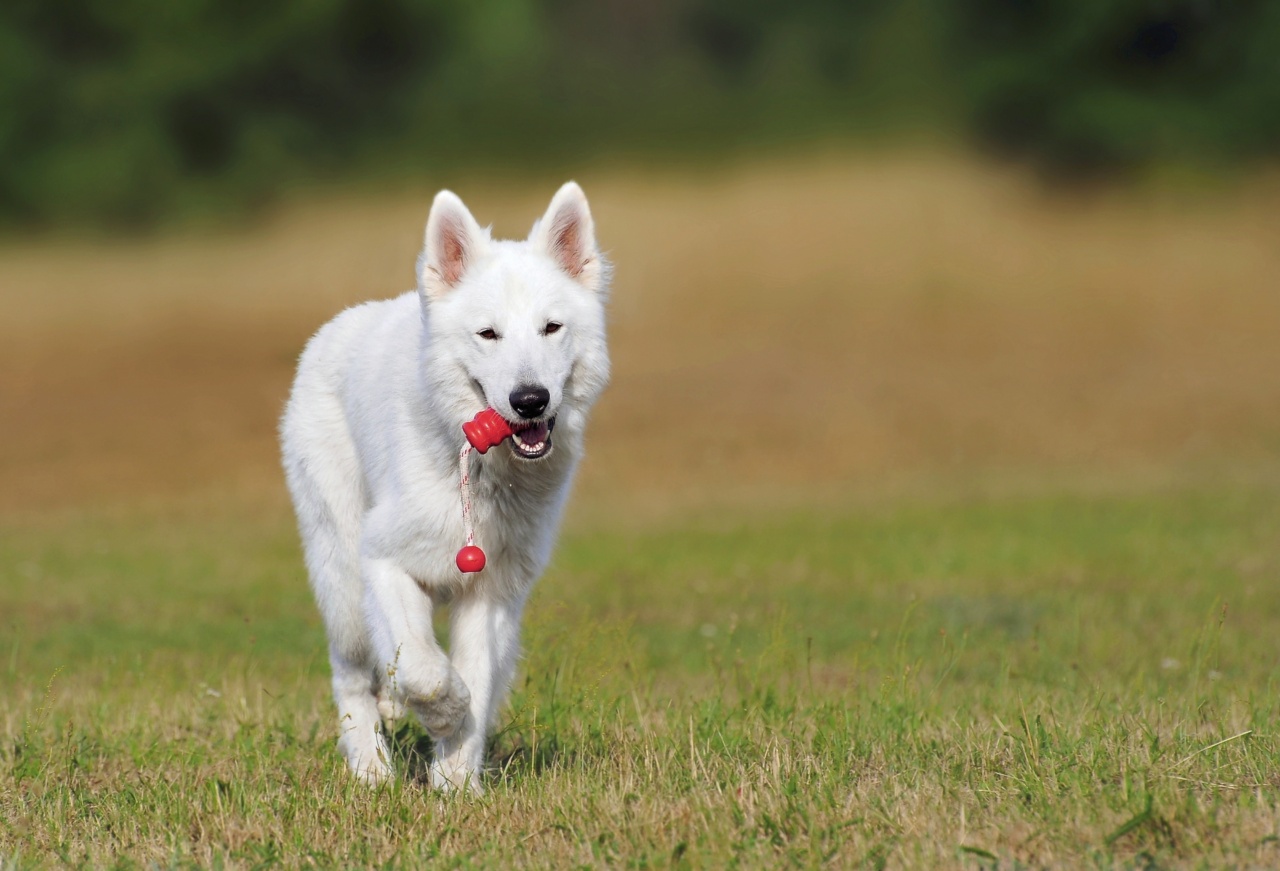When it comes to our furry companions, understanding their behavior is essential for creating a harmonious household. Dogs, being social animals, often exhibit certain behaviors that may appear either trained or uncontrolled.
However, it is important to distinguish between the two and understand the factors that contribute to their behavior.
Trained Behavior
Trained behavior in dogs refers to actions that have been purposefully taught or reinforced by their owners. Through consistent training methods, dogs can learn commands, tricks, and good manners.
Trained behaviors are intentional and generally occur when a cue or command is given by the owner.
There are several factors that contribute to trained behavior:.
1. Positive Reinforcement
Dogs are highly motivated by rewards and praise. Positive reinforcement training involves rewarding desired behaviors with treats, toys, or verbal praise.
When dogs are consistently rewarded for certain actions, they learn to associate those behaviors with positive outcomes, reinforcing the trained behavior.
2. Consistency
Consistency in training is crucial. Dogs thrive on routine and repetition. By consistently reinforcing desired behaviors and using consistent cues, dogs quickly learn what is expected of them.
This consistency helps in turning their behavior into trained actions.
3. Patience and Persistence
Training a dog takes time and effort. Patience and persistence are essential in shaping a dog’s behavior. It is important to understand that dogs may not learn a behavior immediately and require repeated training sessions.
By being patient and persistent, owners can train their dogs effectively and modify their behavior.
4. Socialization
Proper socialization plays a crucial role in a dog’s behavior. When exposed to various people, animals, and environments, dogs learn to navigate social situations and behave appropriately.
Socialization helps them understand commands and adapt to different situations, resulting in trained behavior.
Uncontrolled Behavior
On the other hand, uncontrolled behavior in dogs refers to actions that are instinctual or impulsive, rather than purposely trained.
These behaviors typically arise from natural instincts or underlying emotional states and may appear unruly or unpredictable.
Some common examples of uncontrolled behavior include:.
1. Fear or Anxiety-Related Behaviors
Dogs may exhibit uncontrolled behaviors when they are scared or anxious. This can include excessive barking, destructive chewing, or even aggression. These behaviors may stem from past trauma, lack of socialization, or genetic predispositions.
2. Predatory Instincts
Dogs have natural predatory instincts, which can manifest in behaviors such as chasing small animals or lunging after moving objects. These actions are often difficult to control as they are deeply rooted in a dog’s genetics.
3. Reactivity
Some dogs may display reactive behavior when they encounter specific triggers, such as other dogs or loud noises. Reactive behavior can include barking, growling, or even aggression.
These responses are often impulsive and occur without much thought or training.
4. Medical or Health Issues
In certain cases, uncontrolled behavior may be a result of underlying medical or health issues. Pain, illness, or hormonal imbalances can cause behavioral changes in dogs.
Consulting a veterinarian can help rule out any underlying medical causes for uncontrolled behavior.
Training vs. Uncontrolled Behavior: Understanding the Difference
Distinguishing between trained and uncontrolled behavior is essential for effectively addressing and managing a dog’s actions. Trained behaviors are predictable, reliable, and respond to cues or commands given by the owner.
Uncontrolled behaviors, on the other hand, are often impulsive, instinctual, and difficult to manage.
It is important to note that even well-trained dogs may exhibit uncontrolled behavior at times. Factors like stress, fear, or overwhelming situations can override their trained responses.
Additionally, some behaviors may fall into a gray area, where they are partially trained but not completely under control.
Addressing Uncontrolled Behavior
Dealing with uncontrolled behavior requires a comprehensive approach that considers various factors contributing to the behavior. Here are some strategies to address uncontrolled behavior:.
1. Identify Triggers
Understanding what triggers the uncontrolled behavior is the first step in addressing it.
Whether it is a specific situation, stimuli, or emotional state, identifying the triggers will help in formulating an effective plan to manage or modify the behavior.
2. Seek Professional Help
If the uncontrolled behavior persists or poses a safety risk, it is advisable to seek guidance from a professional dog trainer or behaviorist.
They can assess the situation, identify the underlying causes, and provide appropriate training techniques or strategies to modify the behavior.
3. Positive Reinforcement and Counterconditioning
Positive reinforcement techniques can also be applied to modify uncontrolled behavior. By rewarding desired behaviors and redirecting the dog’s focus, alternative behaviors can be encouraged.
Counterconditioning, which involves changing the emotional response to a specific trigger, can also be helpful in managing uncontrolled behavior.
4. Establish Boundaries
Consistency and clear boundaries are crucial in managing uncontrolled behavior. Setting up rules, reinforcing appropriate actions, and redirecting undesired behaviors can help establish limits and guide the dog towards more controlled behavior.
Final Thoughts
Understanding the difference between trained and uncontrolled behavior is essential for dog owners.
Trained behaviors are intentional actions that have been reinforced through consistent training methods, while uncontrolled behaviors are often impulsive or instinctual responses. Identifying triggers, seeking professional help if needed, and using positive reinforcement techniques can assist in managing and modifying uncontrolled behaviors.





























